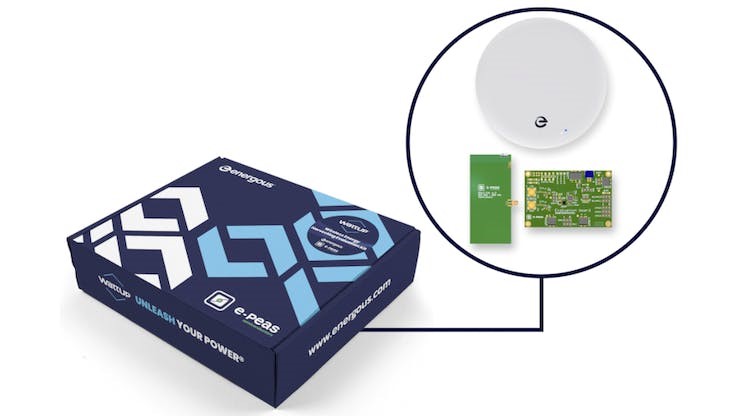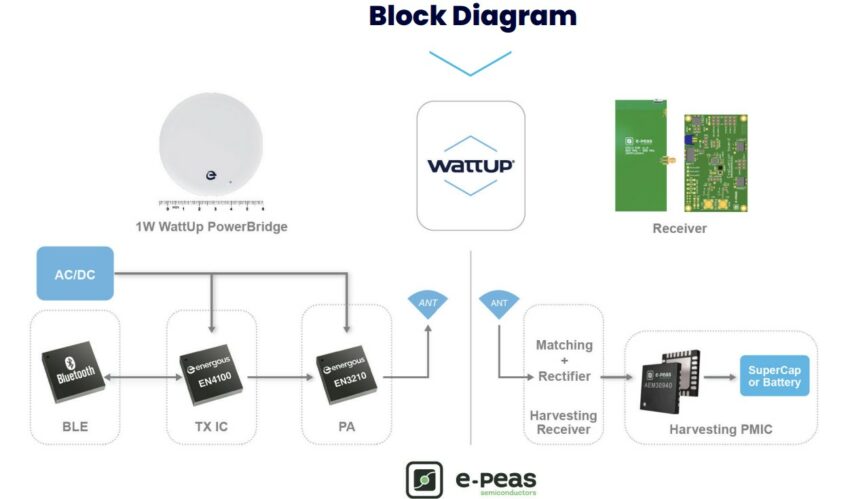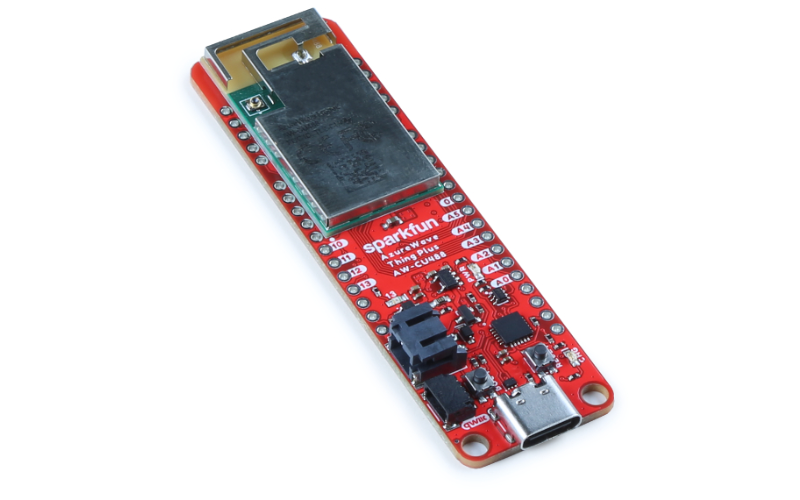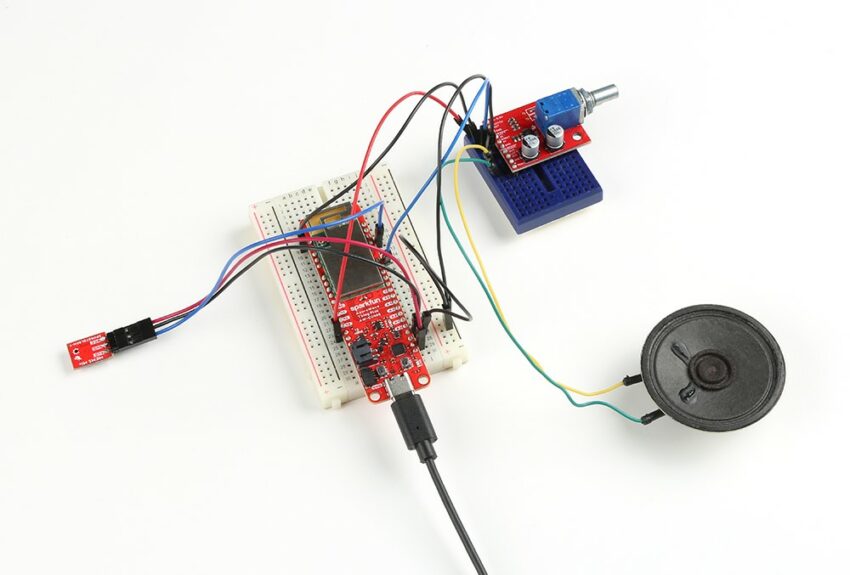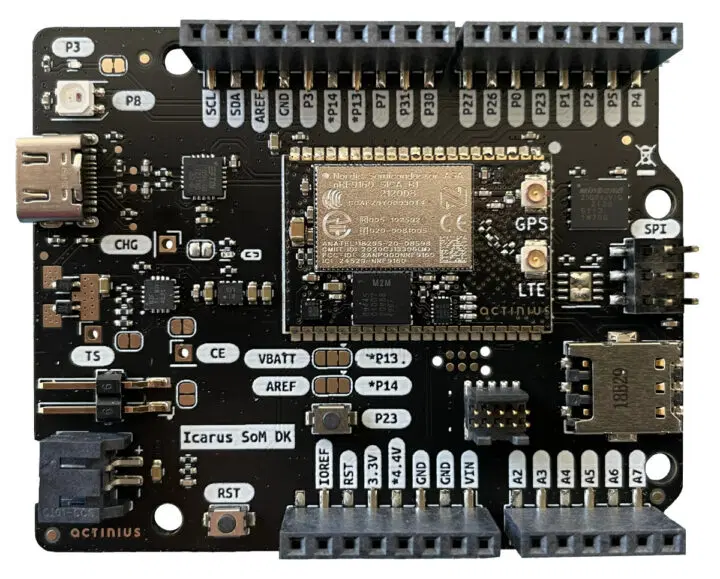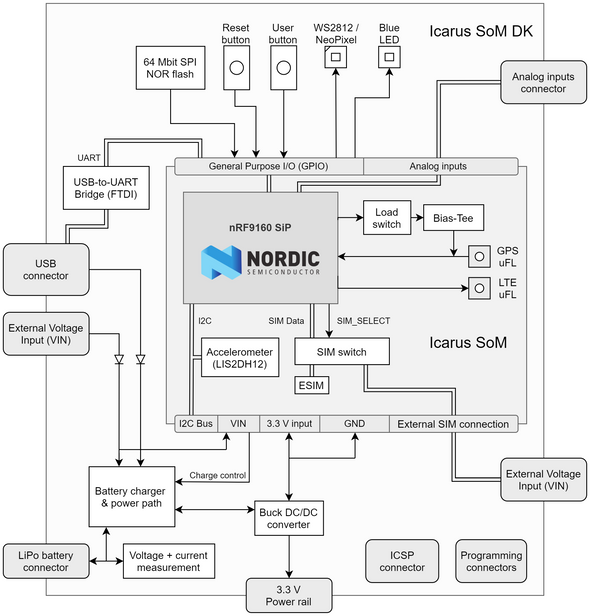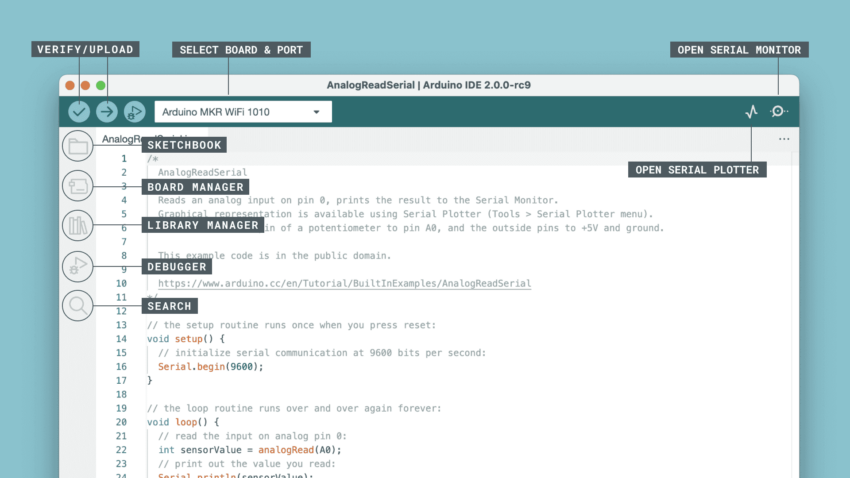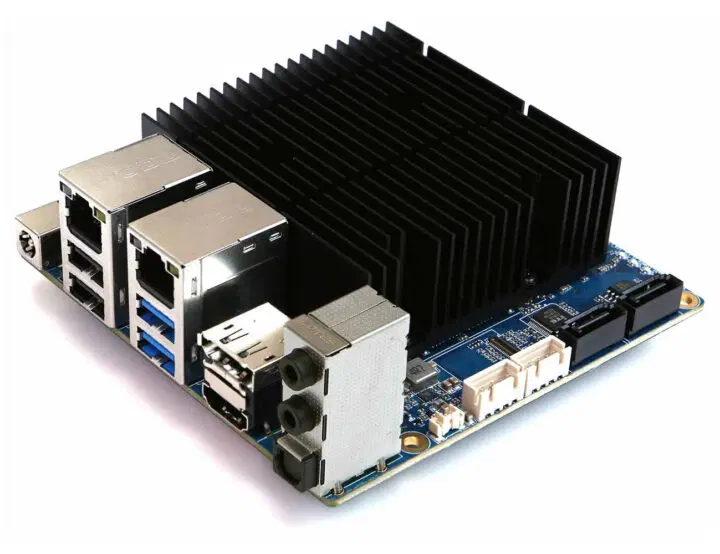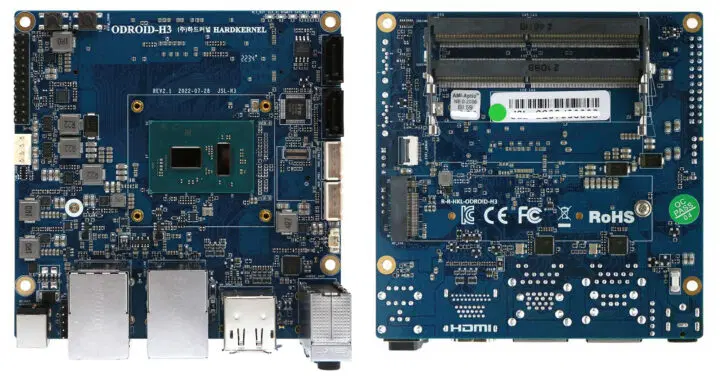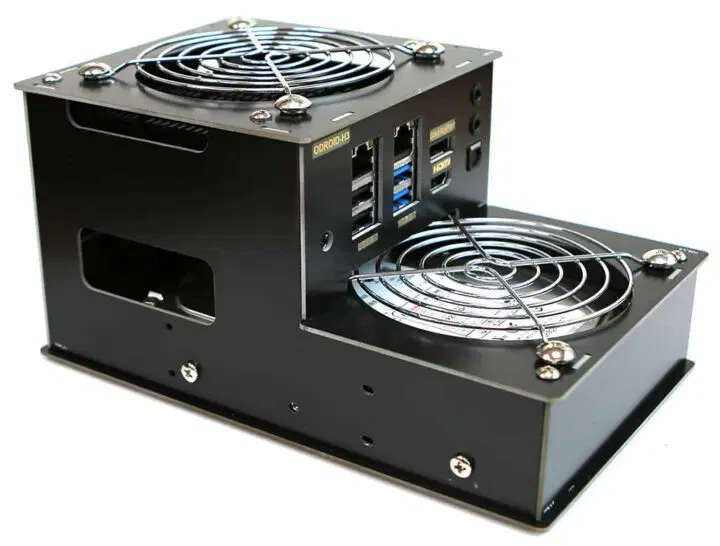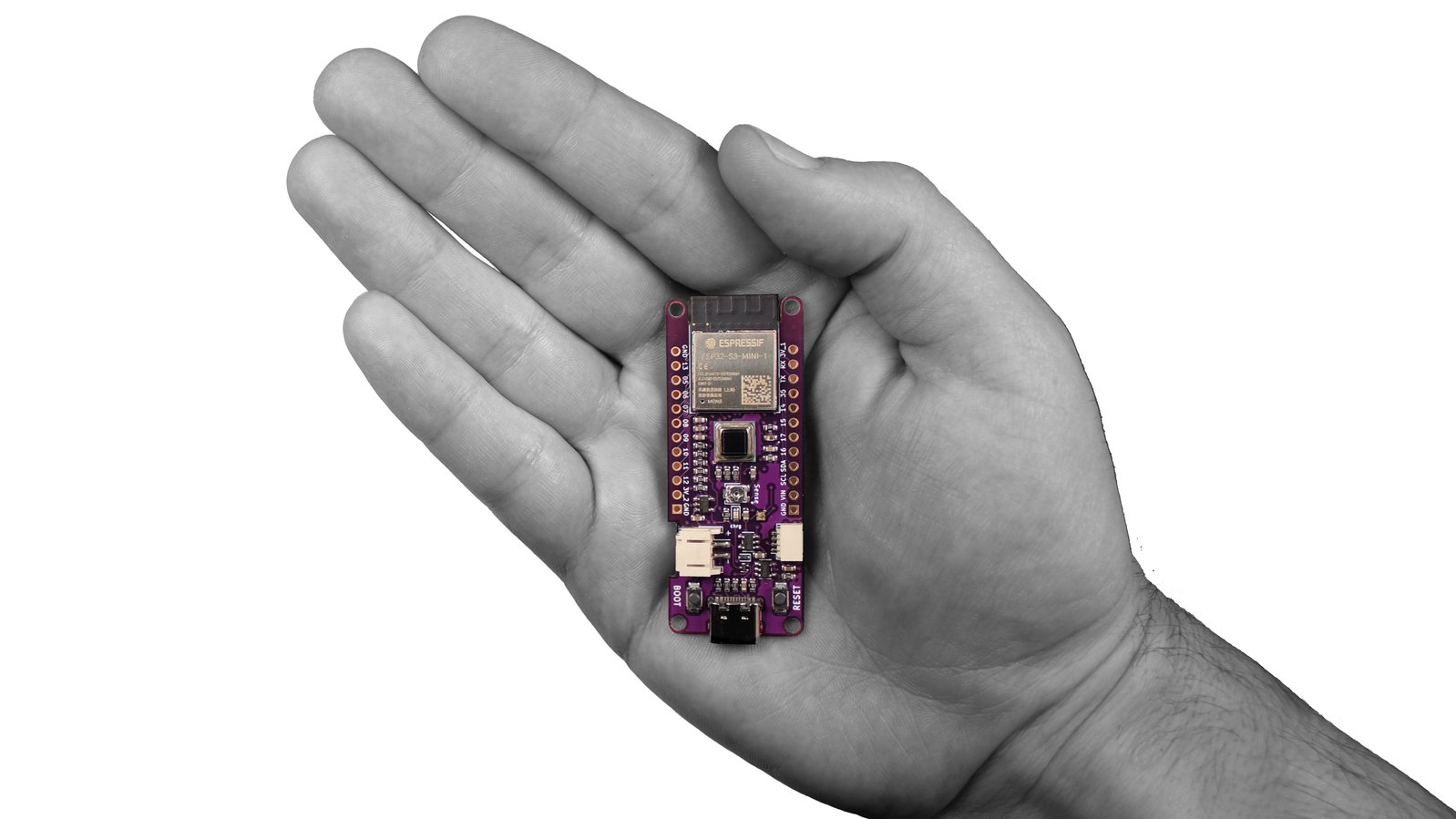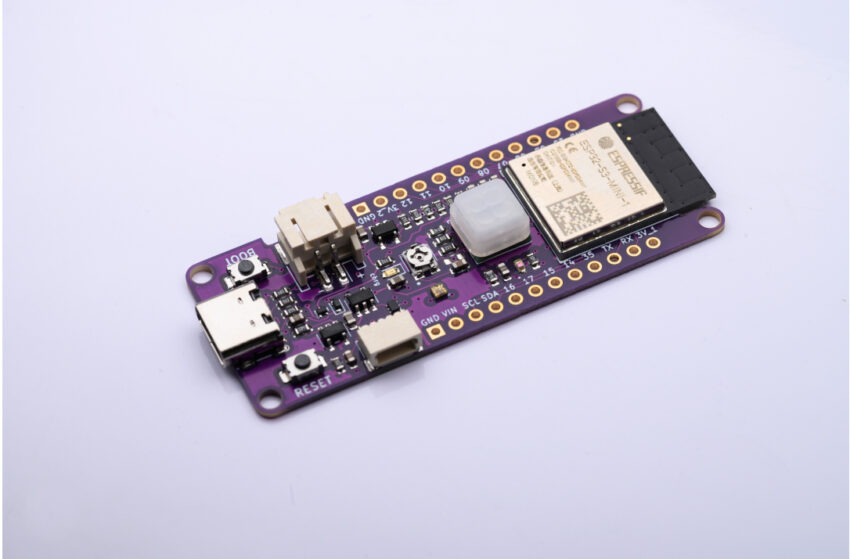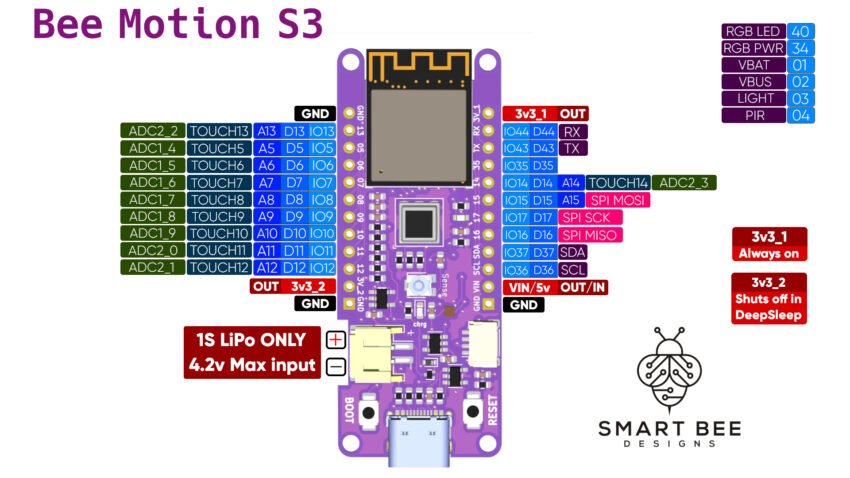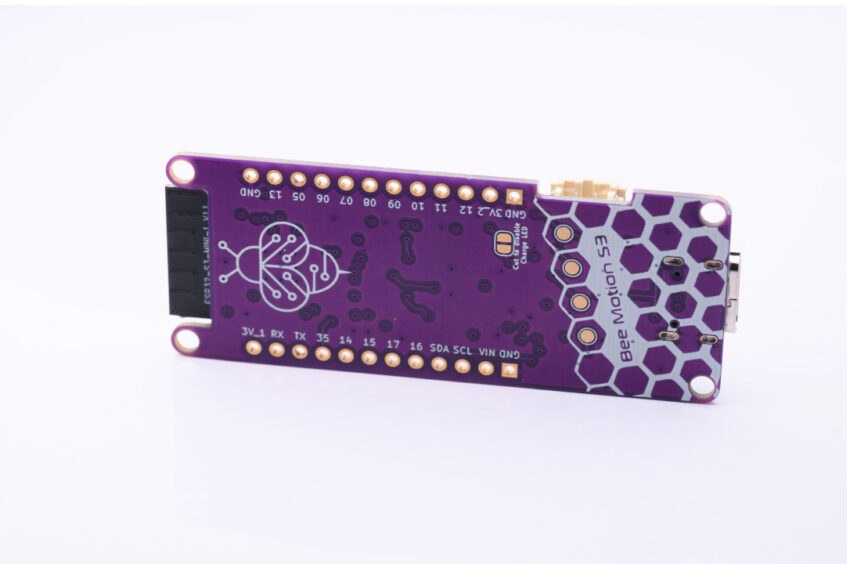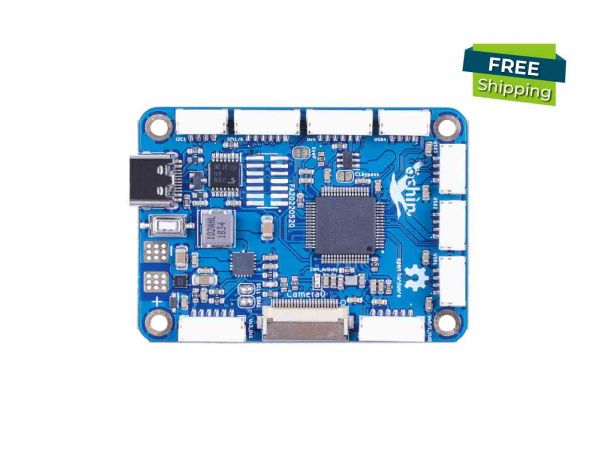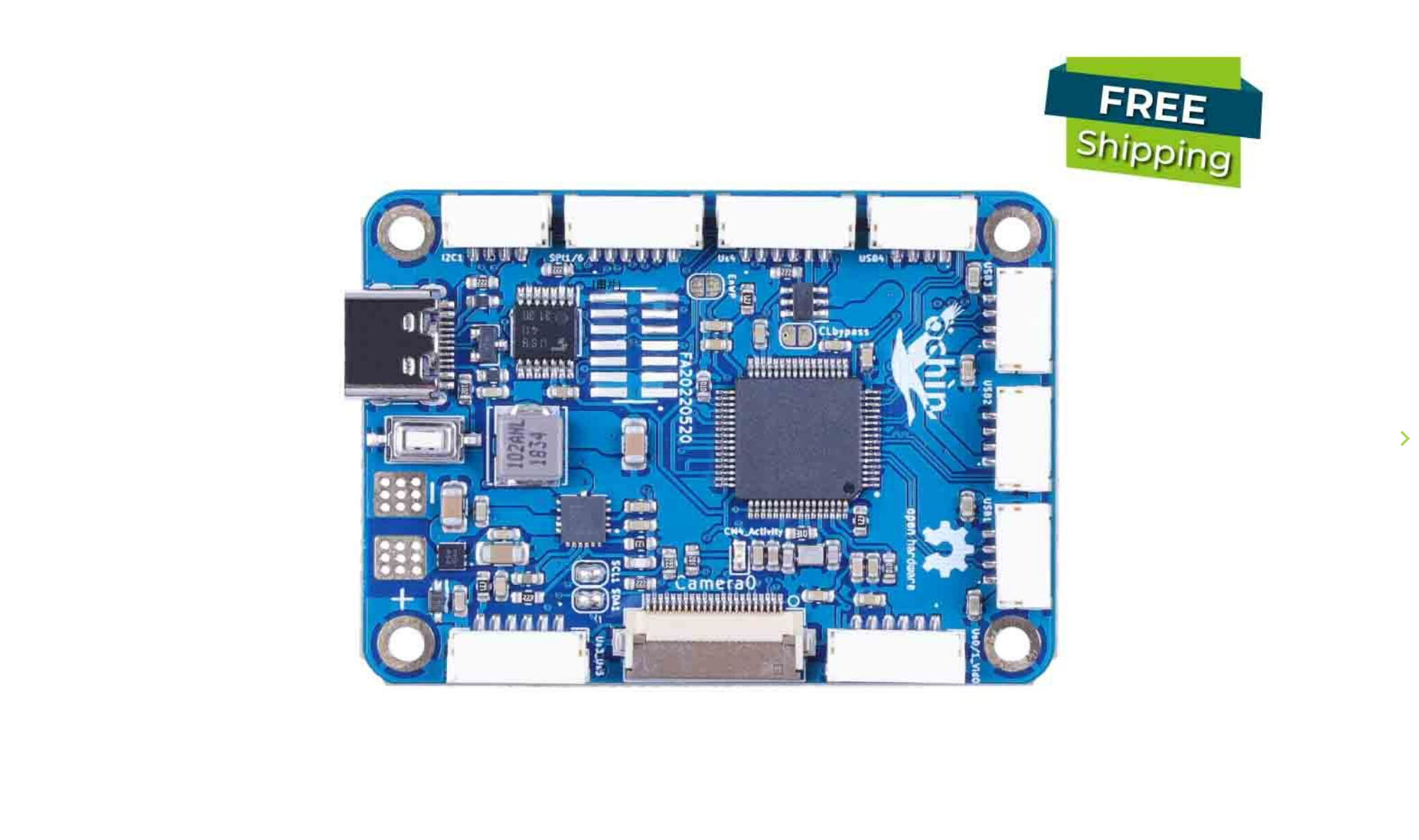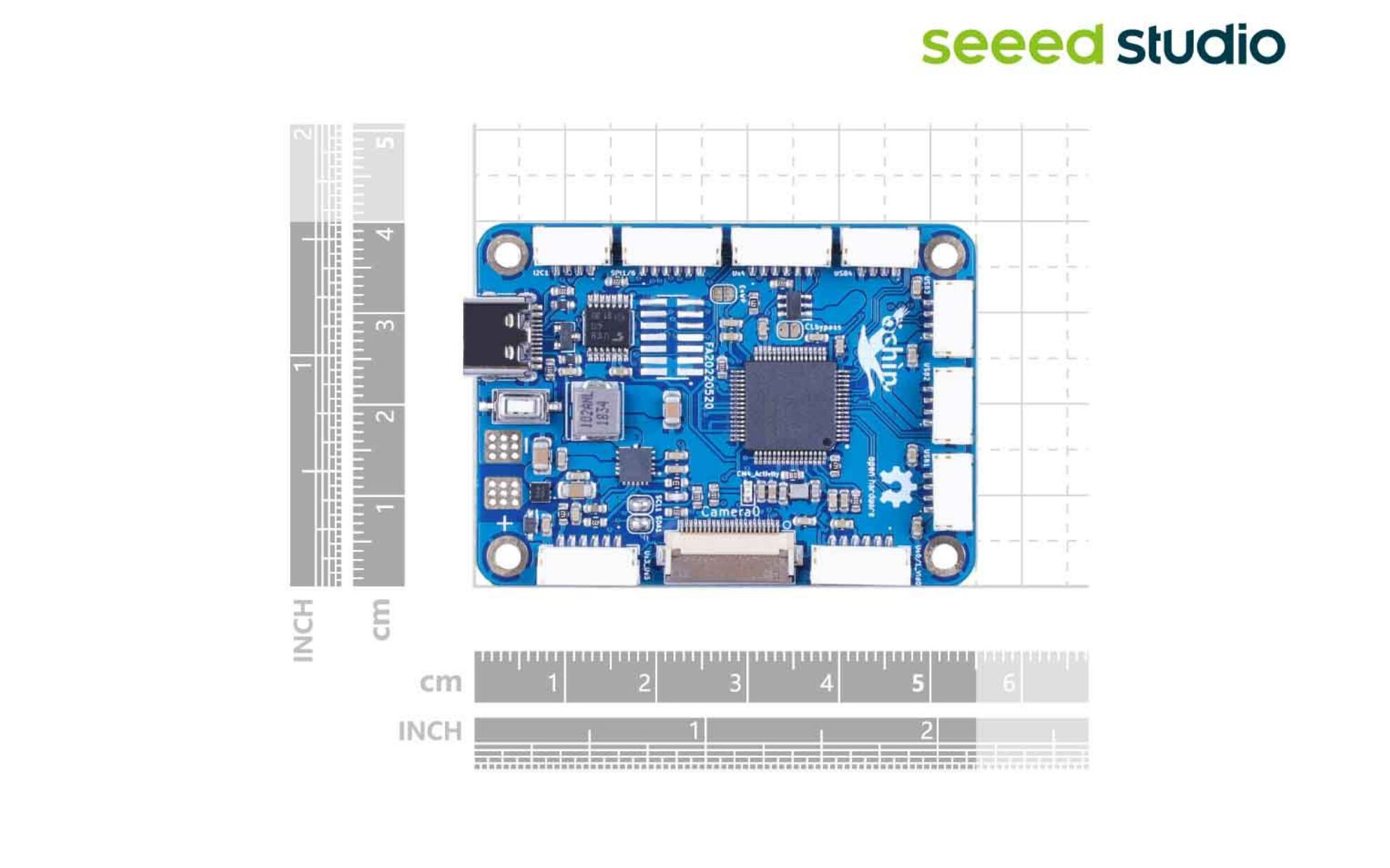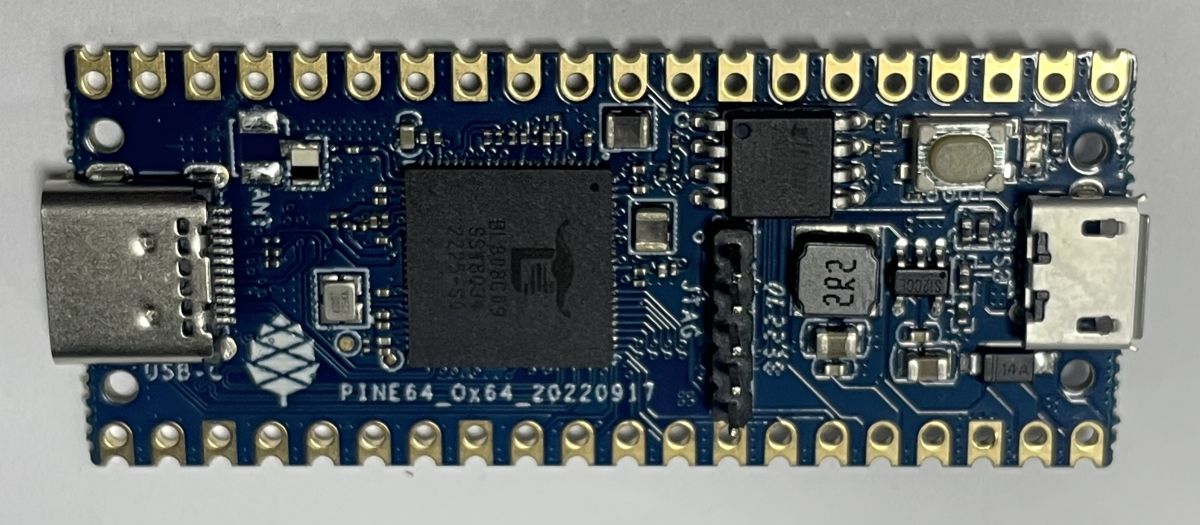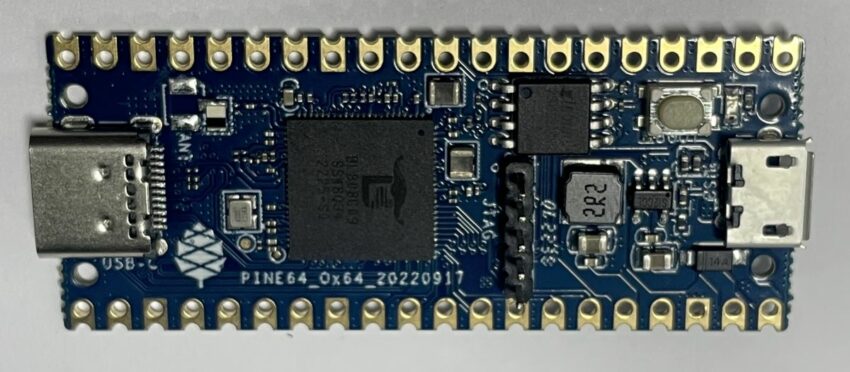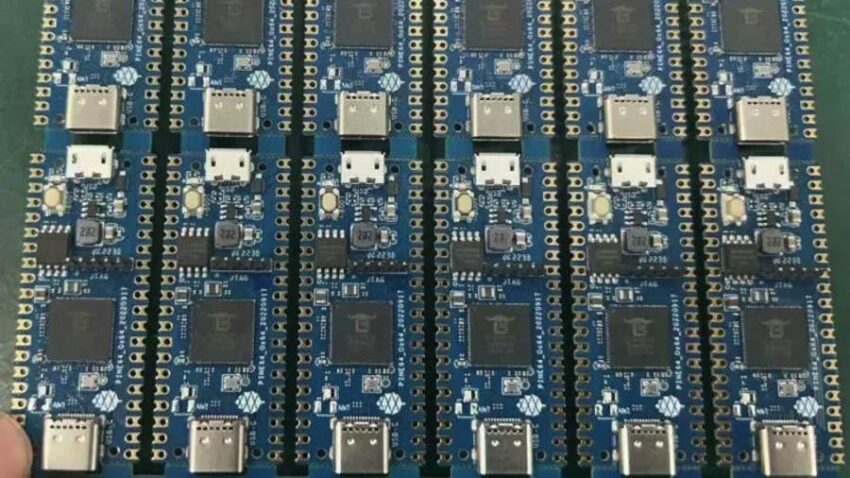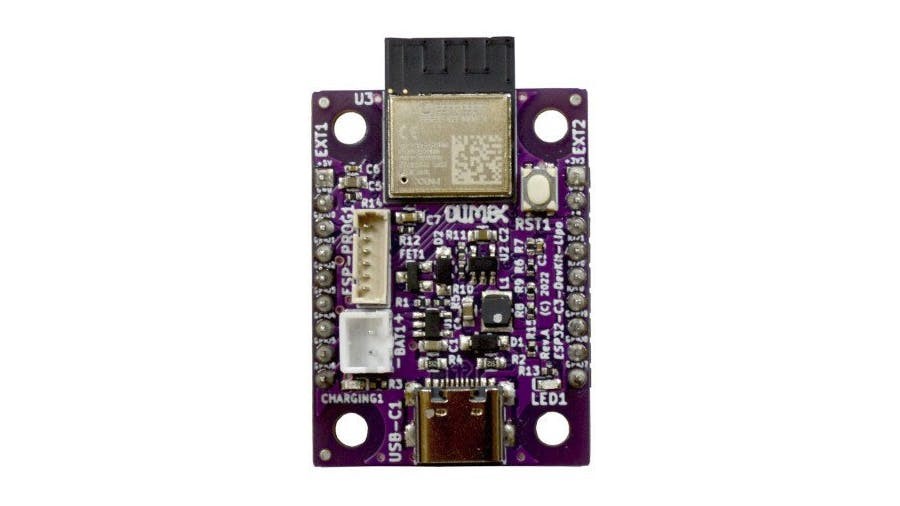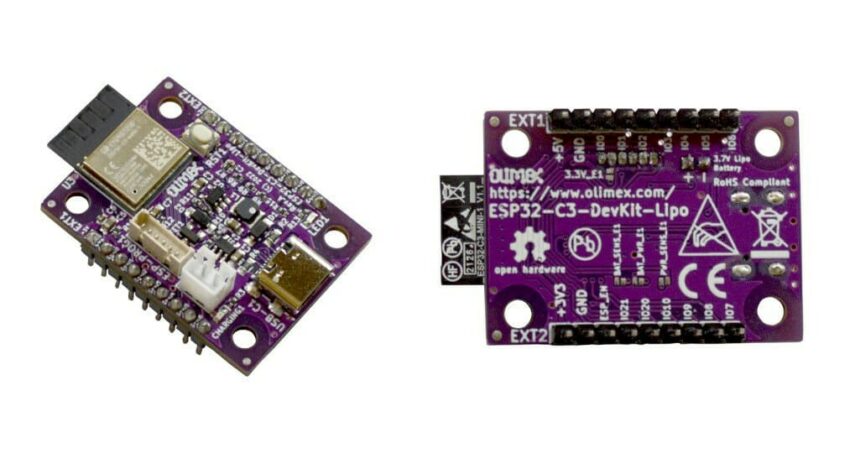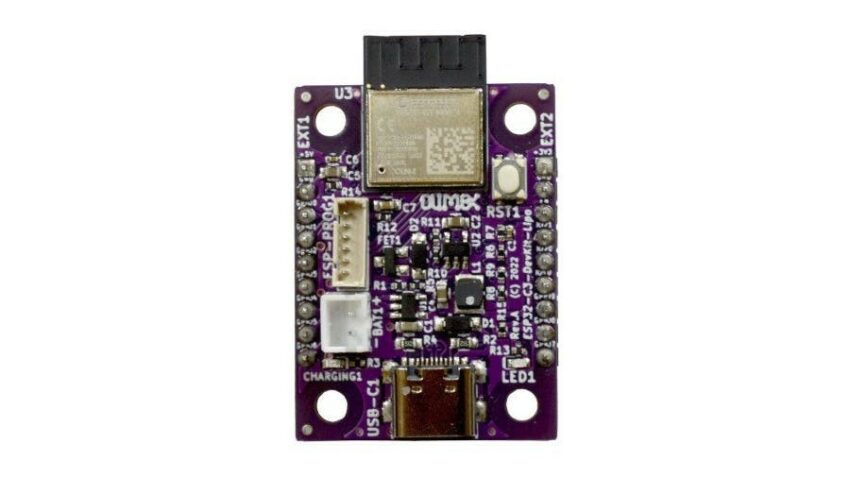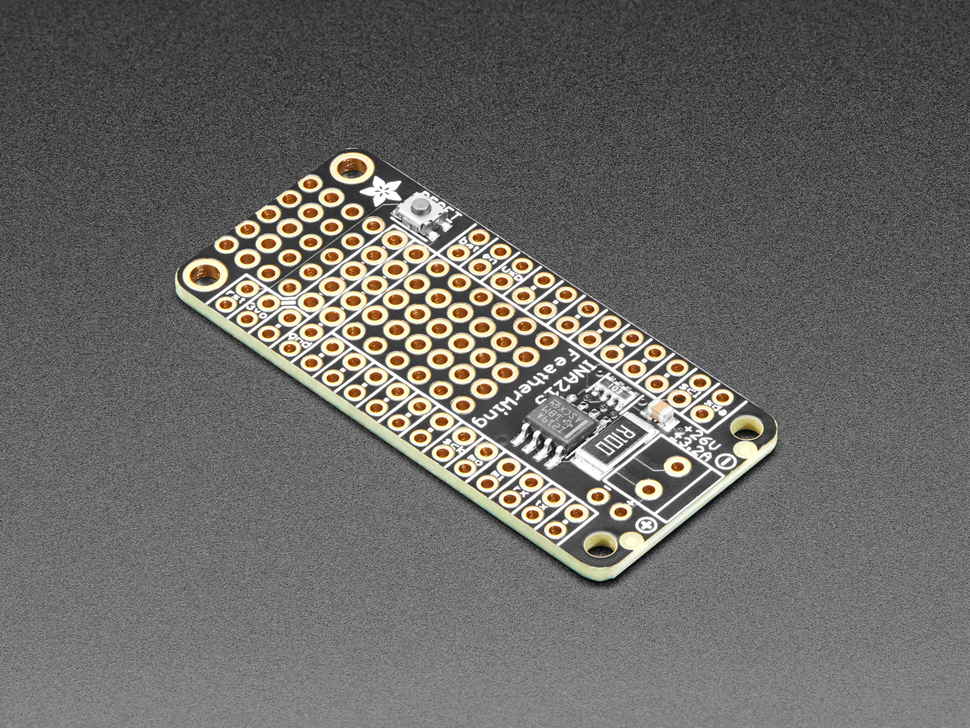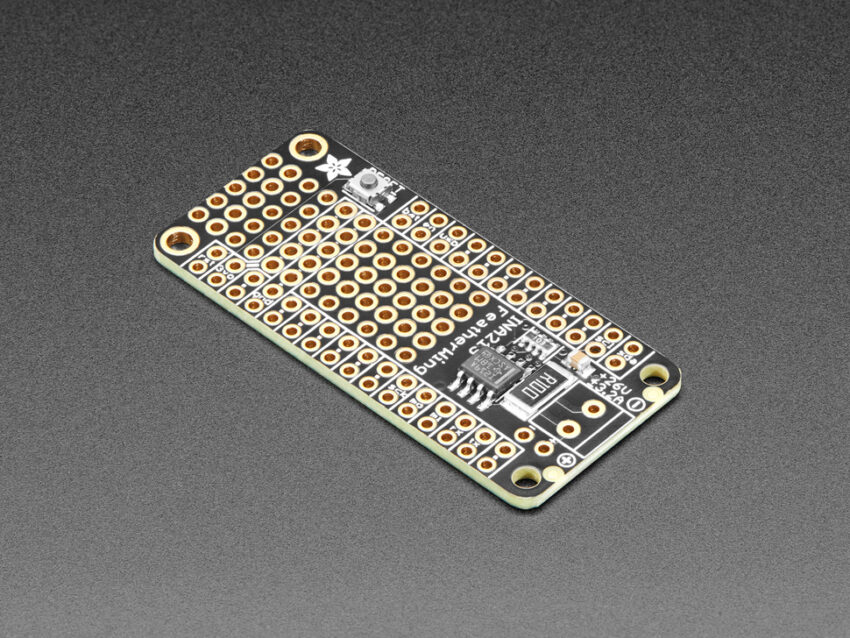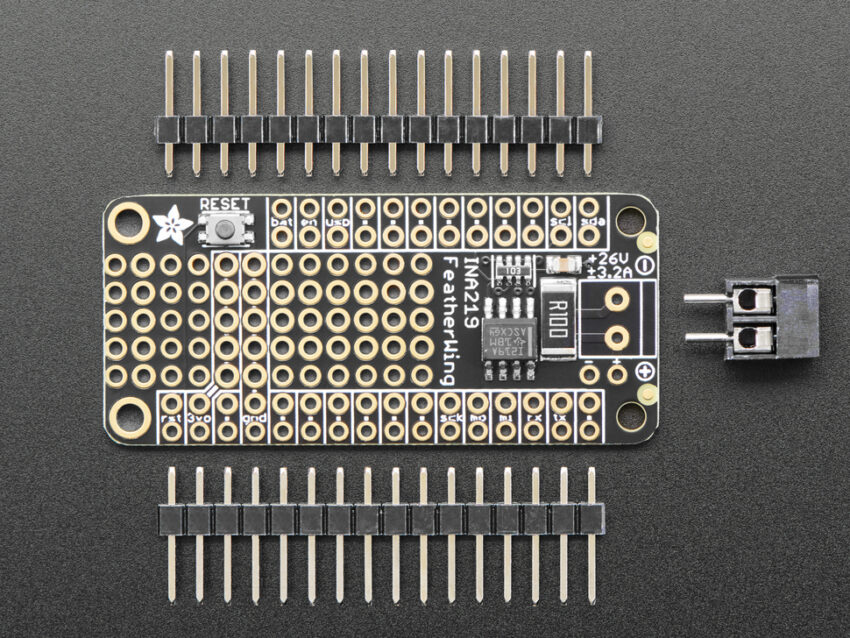The US-based wireless power and charging company, Energous in partnership with E-peas, has released its new wireless energy harvesting kit, which includes the 1W WattUp PowerBridge transmitter. The kit combines Energous’ radio frequency (RF) solution with E-peas’ power management IC (PMIC) technology to support smart homes and buildings, energy harvesting applications, asset trackers for retail and warehouses, industrial IoT medical, and more.
“The fast-growing IoT ecosystem includes a wide range of sensors, tags, trackers and other devices that require reliable and consistent power to deliver on their tremendous value,” said Cesar Johnston, CEO of Energous. “The combination of Energous and e-peas technology brings a complete solution from transmitter to receiver enabling developers to power IoT edge devices and remove battery maintenance drawbacks for the target markets”.
The EN4100 and EN3210 devices are incorporated into the 1W WattUp PowerBridge transmitter. The EN3210 is a highly efficient 1W power amplifier featuring an integrated temperature sensor and input and output power detectors enabling closed-loop power control. On the other hand, the EN4100 is a highly integrated system-on-chip RF transmitter IC designed to offer optimal charging for all devices compatible with WattUp receivers.
“The combination of Energous and e-peas technology, brings a complete solution from transmitter to receiver, enabling developers to power IoT edge devices and remove battery maintenance drawbacks for the target markets,” said Christian Ferrier CMO of e-peas.
A wide range of embedded devices can use this over-the-air approach to implement wireless power and energy harvesting. The wireless energy harvesting kit includes the AEM30940 RF Evaluation Board and the EP112 Energy Harvesting Optimized Antenna Evaluation Board from e-peas. Configurable for various energy storage elements, the AEM30940 does the job of a system charger and PMIC. Furthermore, the AEM30940 comes with rechargeable lithium battery support.
According to Hackster, the wireless energy harvesting kit from Energous is priced at $599.00 and can be ordered from their official product page. The kit includes one 1W WattUp PowerBridge transmitter, an e-peas AEM30940 RF evaluation board, and an e-peas EP112 energy harvesting optimized antenna evaluation board.


